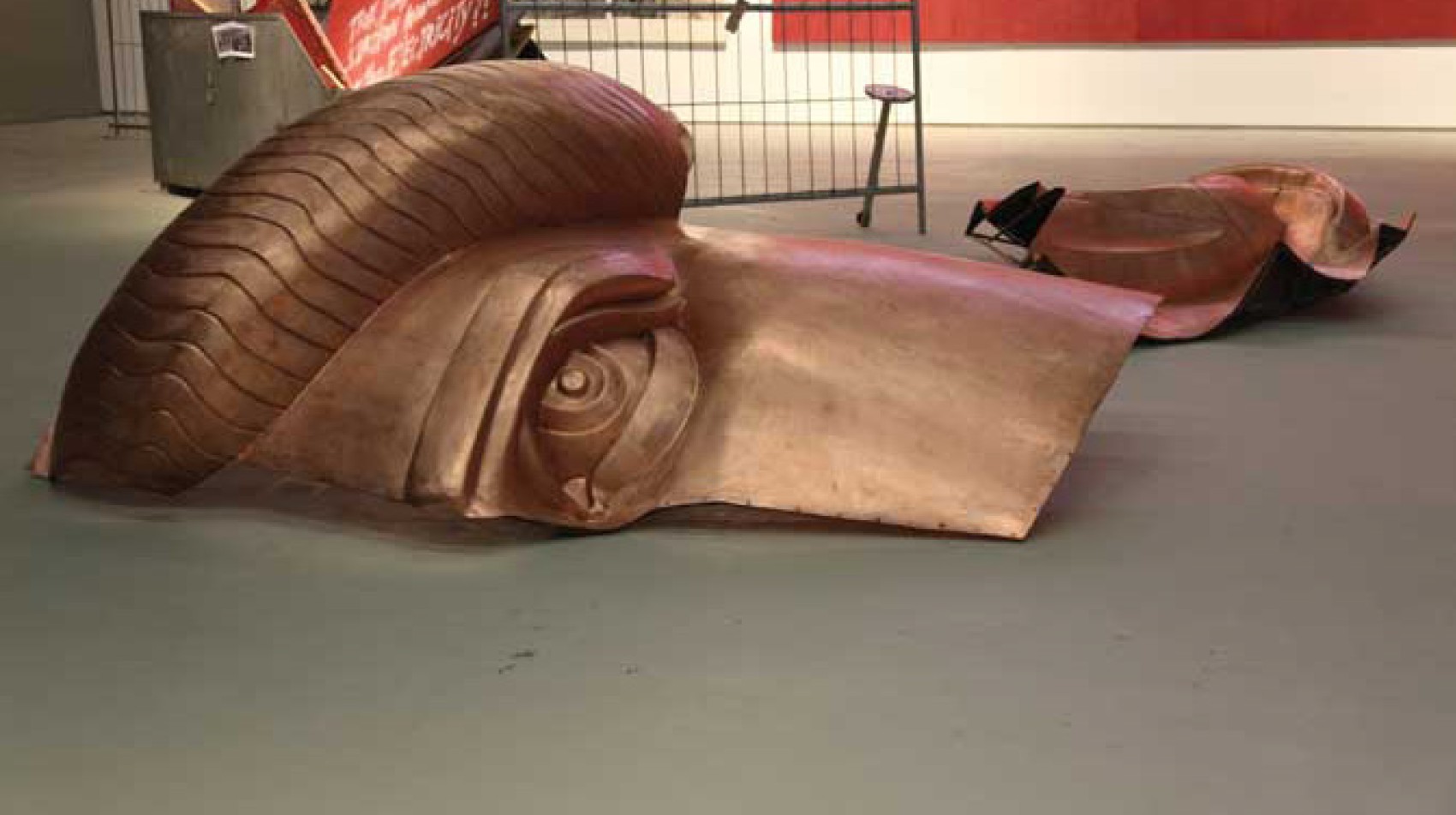20 in 2020: The Artists of the Next Decade - Latin America
A publication highlighting artists that could influence the Latin American cultural horizon of the next decade
Art Consulting Tool (Act.) initiates and is involved in projects related to curatorial practice, publications and other forms of artistic spatial practice. There recent book 20 in 2020: The Artists of the Next Decade – Latin America highlights Latin American artists who they and those they worked with believe will redefine the artistic and cultural horizon in the decade to come. SOUTH SOUTH spoke one of the book’s editors and Act. co-founder, Fernando Ticoulat.
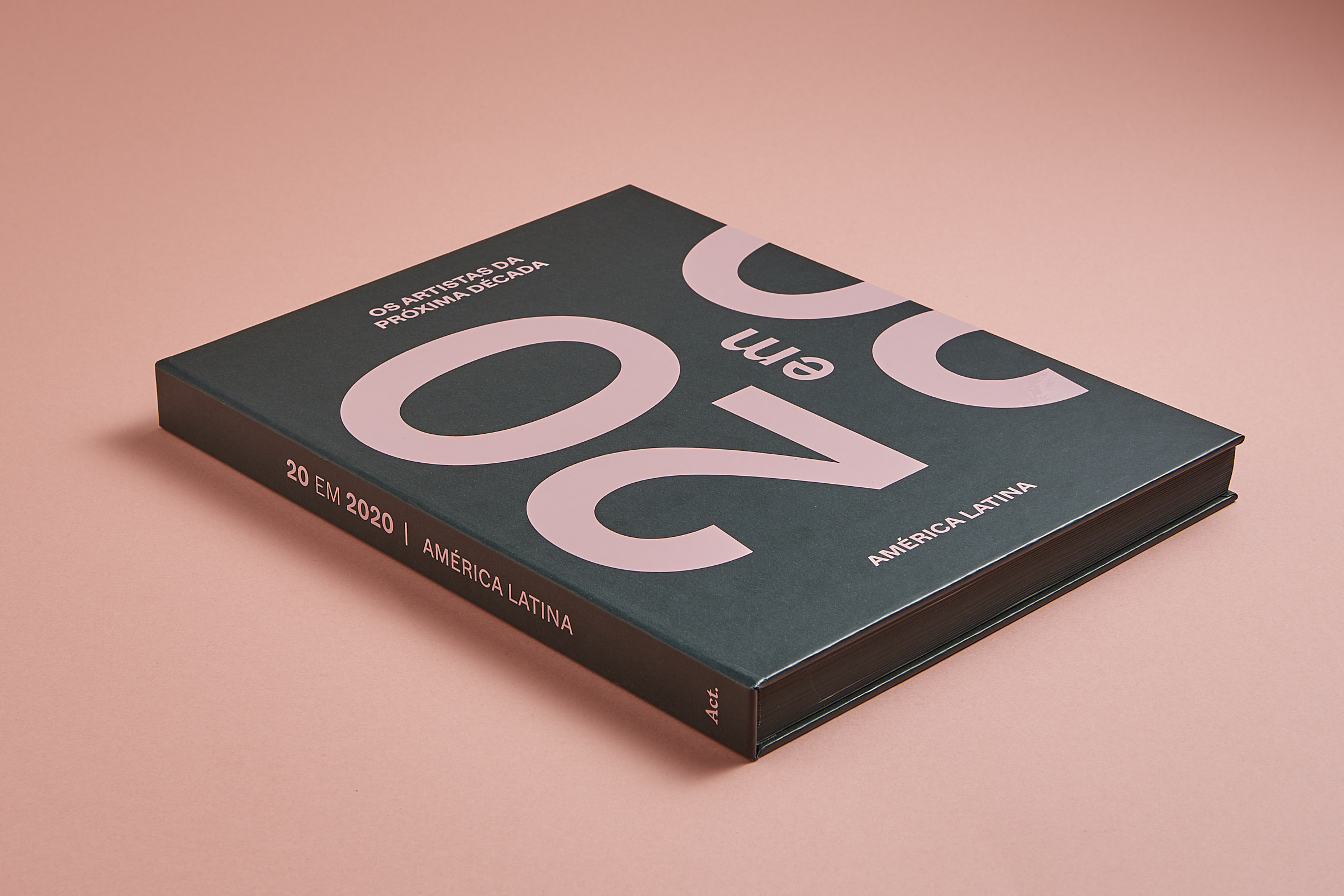
Image courtesy of Art Consulting Tool.
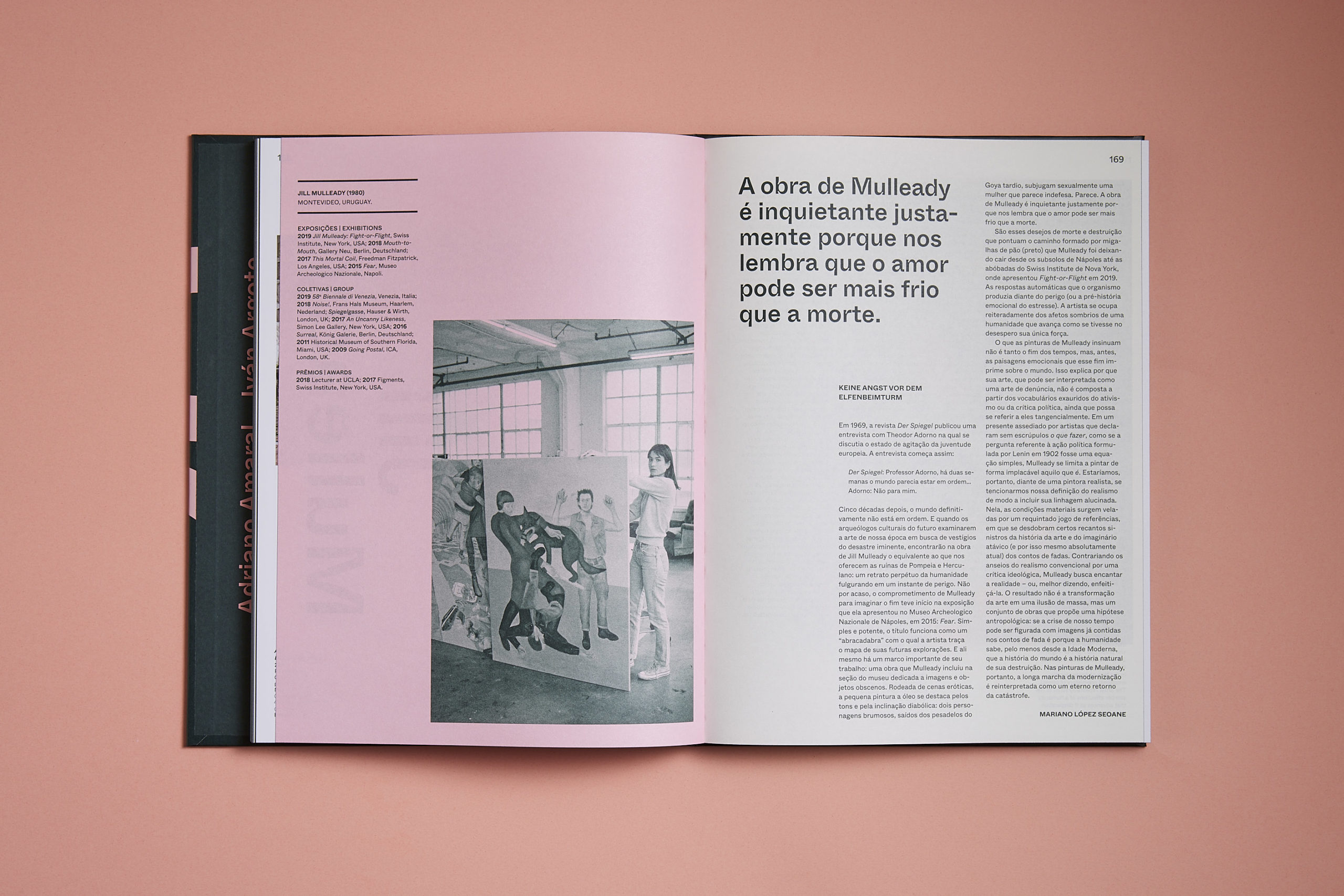
Images courtesy of Art Consulting Tool.
SOUTH SOUTH (SS): Could you please share a bit about your own practice and overview of your journey
within the art world?
Fernando Ticoulat (FT): I have been working with art curatorship and production for the past 8 years. Prior to founding
Art Consulting Tool (Act.) I worked as freelance curator and also had an independent project called Coletor. I am especially interested in the intersection of arts, philosophy and psychoanalysis and how artistic practices have the (political) potential of surfacing prospective thought in how we may live (better) together.
SS: Act. initiates and is involved a variety of projects in the arts space as well as offers advisory input. Could you please share more background on Act. and how you situate yourselves within the arts ecosystem?
FT: Act. was founded in 2017 and is based in São Paulo, Brazil. We fill in several gaps in the arts ecosystem, and our working model is a hybrid between publishing house, curatorial office, art advising bureau and related services such as framing, installation, insurance and logistics.
SS: In the publication 20 in 2020: The Artists of the Next Decade – Latin America you share insights on the artists you believe will redefine the artistic and cultural horizon in the decade to come. How would you escribe the premise for the book? Why do you think it is important to consider artists in this way?
For this publication, we were interested in researching 20 artists from Latin America that are receiving great attention for their work but who are still lesser known by the wider audience. Of course, they are not the only ones. But curation is selection, and selection is exclusion. The number of 20 artists was decided because this year we begin the twentieth decade of the century. We wanted to present a fresh and promising spectrum of contemporary arts practices that we believe will lead the cultural debates of the coming years, and we hope this book will be a valuable contribution to this end.
An important premise of the research [were] the question[s] “what is Latin America?”; “what is Latin American Art?”; and if there is any meaning for such consideration in contemporary society. We had the privilege of working out these questions with Cuban curator Gerardo Mosquera, who wrote the opening essay of the book.

Image courtesy of Art Consulting Tool.
An important premise of the research
[were] the question[s] “what is Latin America?”; “what is Latin American Art?”;
and if there is any meaning
for such consideration in contemporary society.
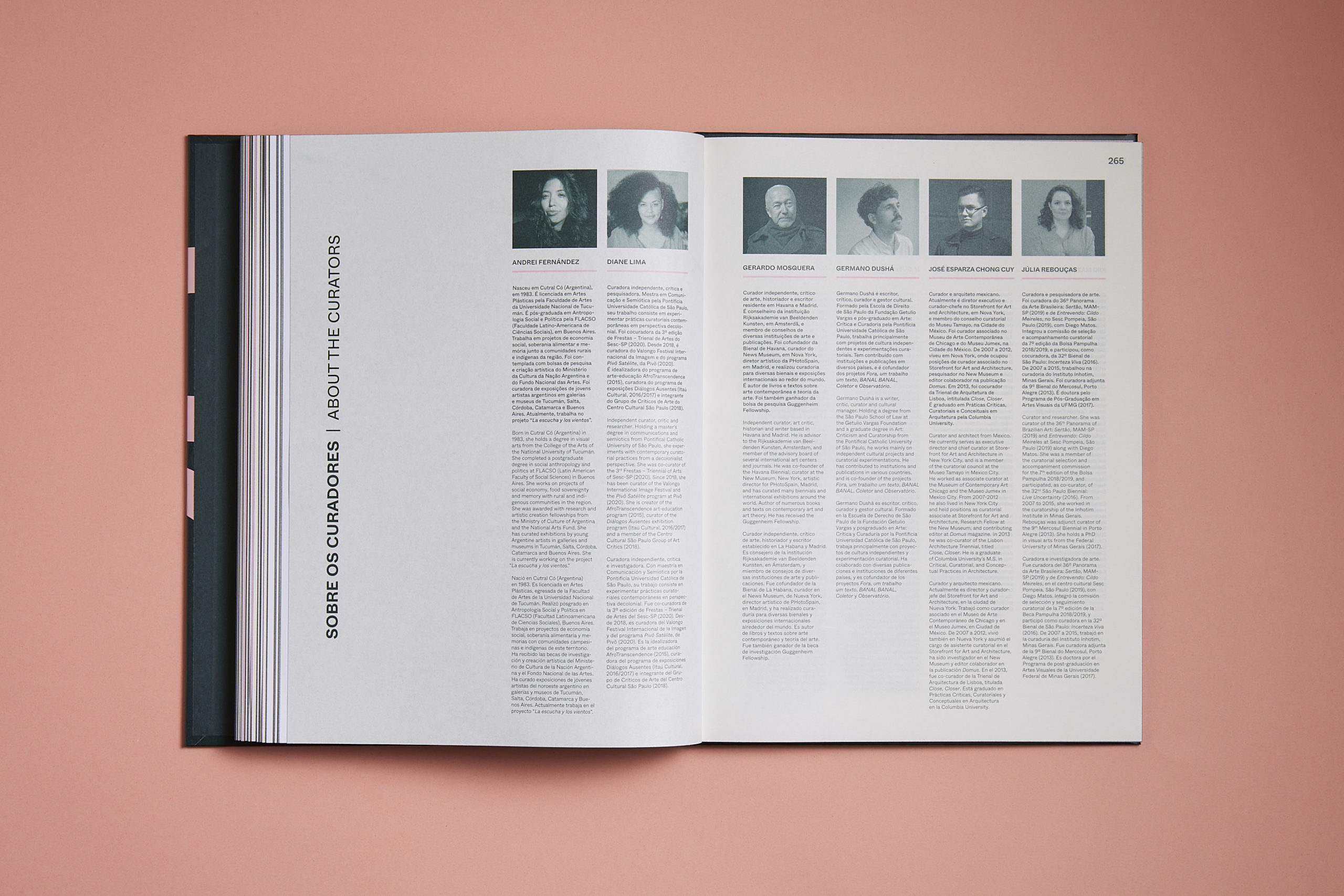
Image courtesy of Art Consulting Tool.
SS: How did you decide on the artists that are included in the publication?
FT: The book is a result of a research project. I believe it is safe to say that I did not know at least half of the artists when we began our work. As a method, we opened up a dialogue with a variety of critics, curators, artists and gallerists in order to discover, from each of them, who might be those artists that we were seeking. In continuous dialogue with our peers, we formed the body of the book, a plurality of songs, voices and accents from Latin America.
SS: You have also stated that this project is part of a “mission [to] bring the public closer to the universe of art and the legacy of our history.”. Why do you think this is important, particularly that this be a gesture by a Brazilian-based arts organization?
FT: In general terms, Brazil doesn’t think of itself as part of Latin America and also the rest of Latin America turns its back to Brazil. Of course, the difference in language plays a big role here. But Latin America is not a cohesive body. It is actually quite fragmented although [has] a very close historical and cultural matrix. What I see is that Brazil is more aligned with what is happening in New York and London than Buenos Aires. And vice versa. In practice, what happens is that in Brazil it is more common to have art books printed in Portuguese and English. They are almost never translated to Spanish, which would seem more intuitive given the rest of our continent speaks Spanish. This is the side effect of what is called cultural imperialism. We are still struggling against colonial ghosts, but this mode of international relations and cultural alignment is being revisited towards valuing more south-south relations.
Our book, as well as your platform, are two examples of this effort. This is important if we want a more sustainable (in the broadest) society. Having this gesture being done as of a Brazilian- based arts organization is symbolic because of the presupposed fracture between this country and the rest of the region.
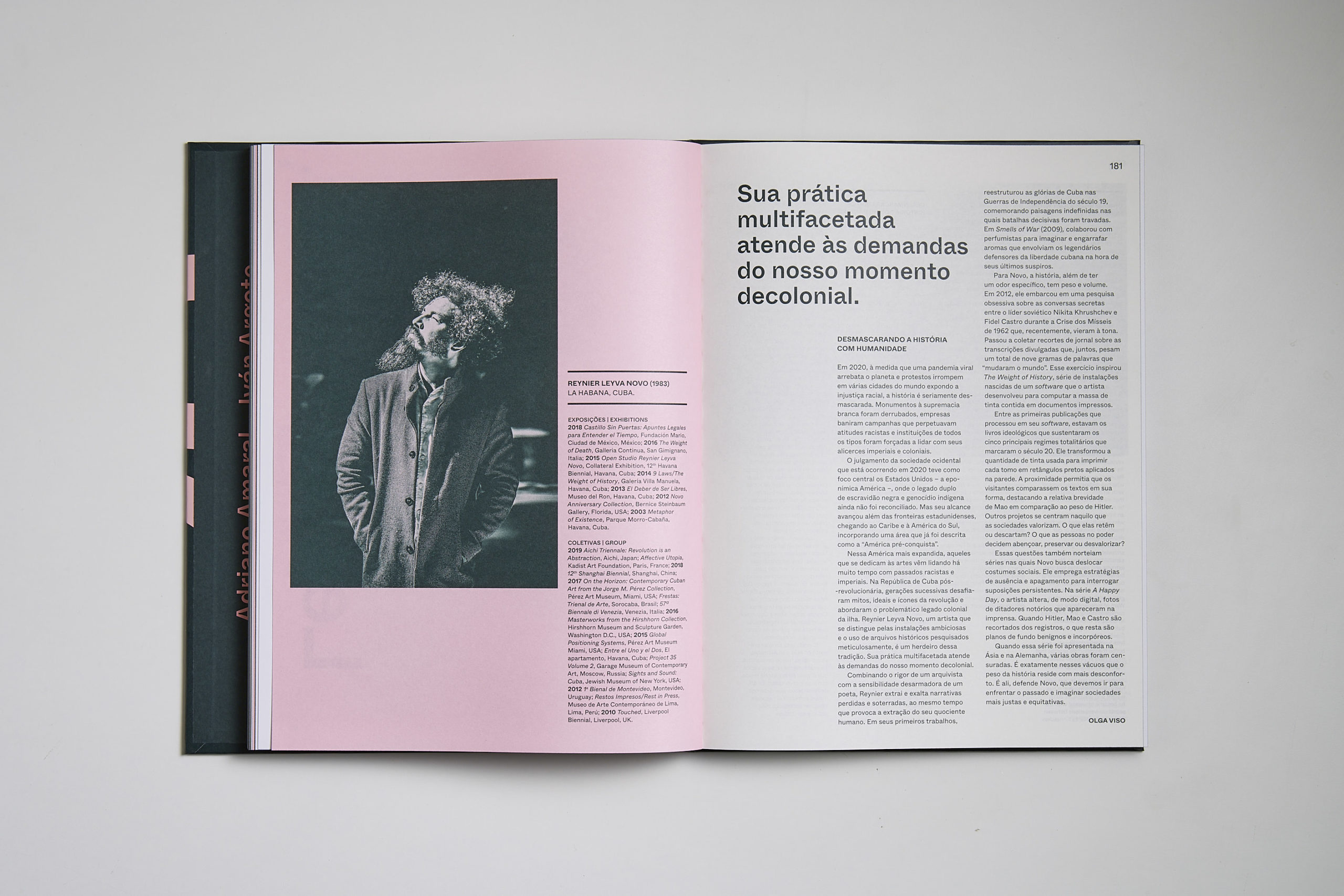
Image courtesy of Art Consulting Tool.
SS: Could you share more about who is included in the book, and why you felt it was important to share their voices?
FT: To answer this question I will take the liberty of quoting Gerardo Mosquera’s opening essay,
entitled Jeito:
“The artists featured in this book move around a lot internationally. Seven reside in the United States and Europe, where many of them studied; others divide their time between cities on both sides of the Atlantic; two are binational and bicultural; in short, a typical situation in today’s world. In this framework, it may surprise you that their works are not very cosmopolitan (understood here as globally homogeneous or “McDonaldized”). Moreover: Iván Argote, Gala Porras-Kim, and even the Argentinian Gabriel Chaile, often turn to pre-Columbian cultures for inspiration; Dalton Paula focuses on Afro-Brazilian culture; Jota Mombaça, Reynier Leyva Novo,
Carolina Caycedo, and Argote work critically with social, environmental, and gender-based issues; Naufus Ramírez Figueroa’s performances discuss the history of Guatemala; Alia Farid, Tabita Rezaire, and Tania Pérez Córdoba usually make contextual references in their creations. The work of other artists can be seen as a result of the evolution of historical lines of art in Latin America, as is the case with Ad Minolti and her fictions involving geometric abstraction and the baroque; Johanna Unzueta, who also works with geometric abstraction; Adriano Amaral, who follows the very particular lineage of the Brazilian installation and its sensibility for materials; and even Pía Camil, who seems to cite Lygia Pape’s emblematic performance Divisor in certain works. Sheroanawe Hakihiiwe is a special case reflecting the inclusive scope of the book’s selection: a Yanomami who creates art with the traditional forms and contents of his culture, and exports it to international circuits. His inclusion is a symptom of the increasing transversality between these circuits and the visual creations of traditional and popular cultures.”
SS: Who do you see as the audience for this publication?
FT: This book is part of an ongoing series of publications that dissect the many layers of the Latin American arts ecology. Our proposal for this series is to deliver books that are critically relevant to people within the system, such as researchers and curators, but that may also appeal to a wider public that are not so familiar or even interested in [art] theory. This is why we strive to have a careful balance between critical texts and beautiful images. I would like to add that the book is printed in all three languages: English, Spanish and Portuguese. This is very important to guarantee our titles have the necessary reach to a variety of audiences.
SS: How can people access the publication?
FT: In Brazil we are selling via Amazon. In North America the book is available at BCH and Amazon US. In Mexico you can find the book at Exit. We are currently closing details for larger distribution in Europe. We hope to have it available there by the end of April, but we cannot disclose more details at this point.
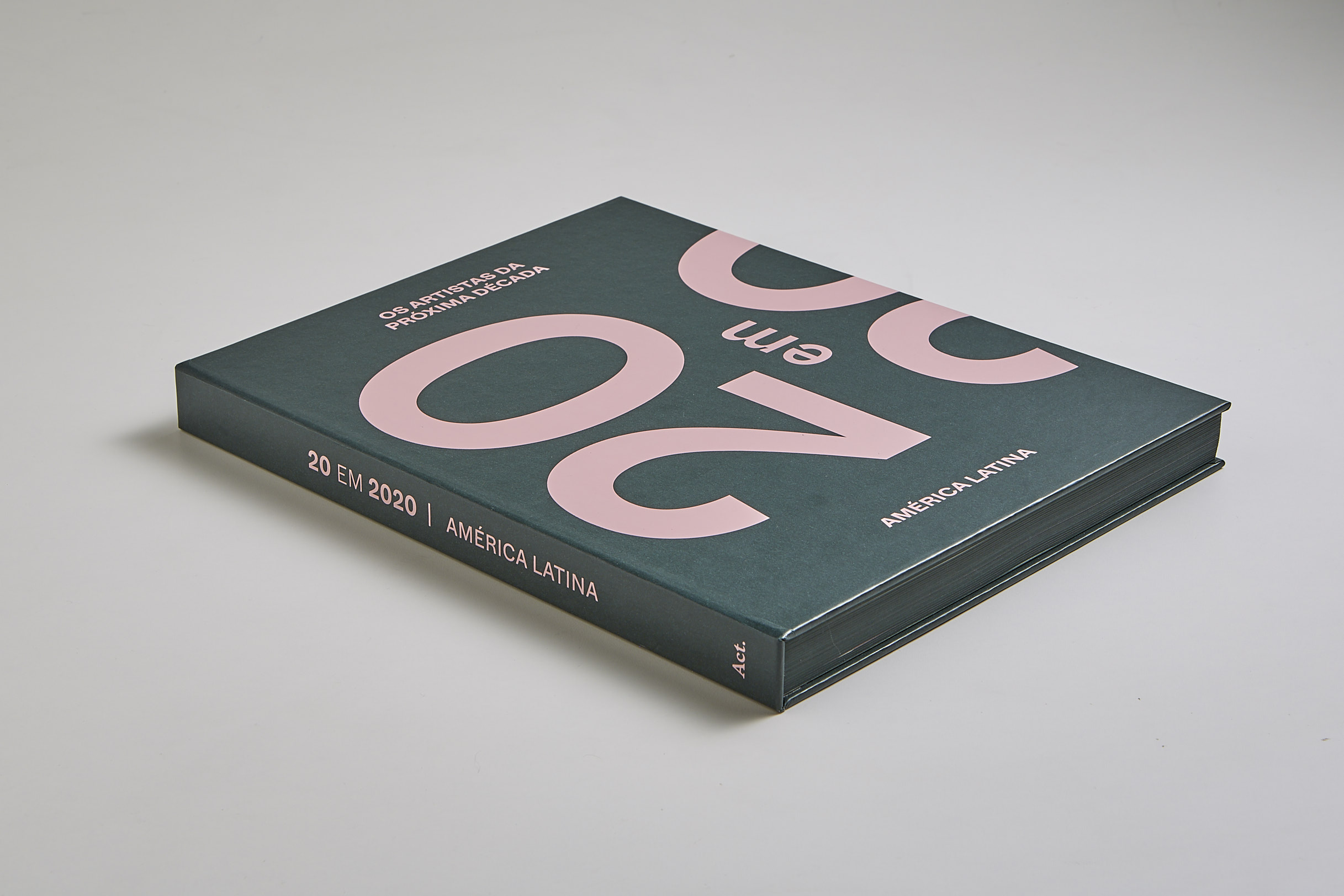
Image courtesy of Art Consulting Tool.
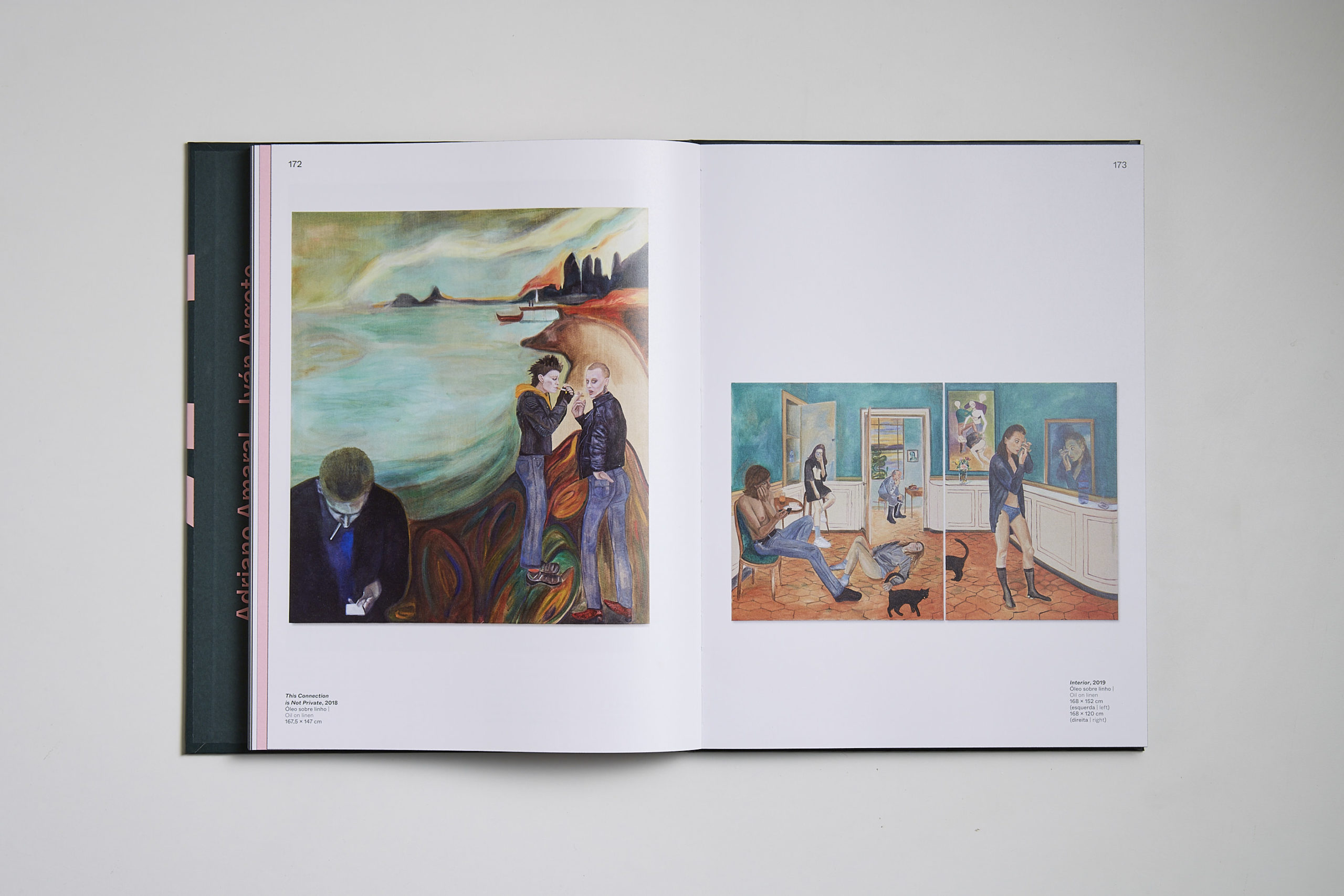
Image courtesy of Art Consulting Tool.

